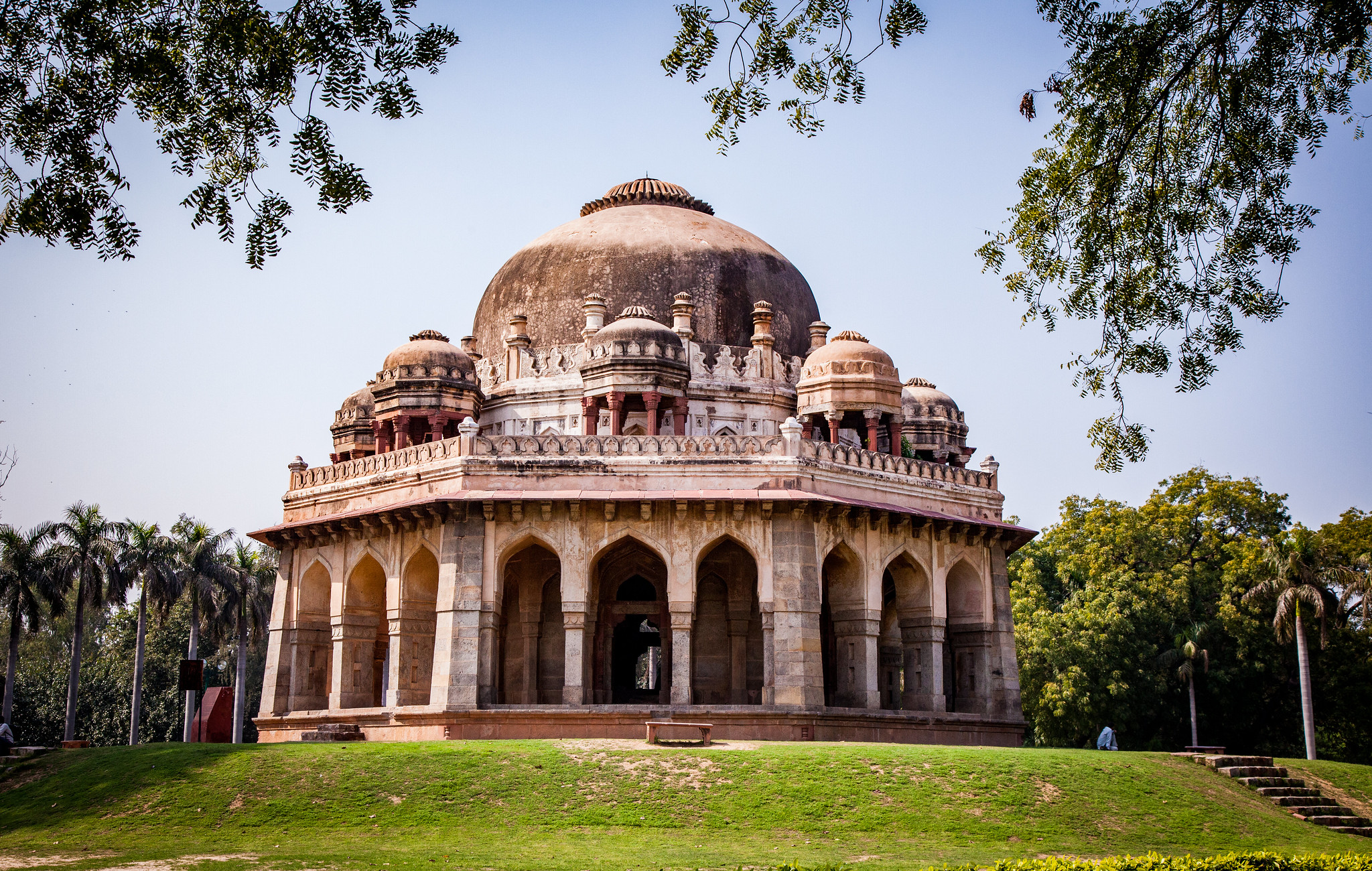Lodi Gardens is a historic urban park located in New Delhi, India. Spanning 90 acres, this picturesque green space is renowned for its blend of Mughal-era architecture and lush landscaping. The gardens house several 15th-century tombs and monuments, including the final resting places of rulers from the Lodi and Sayyid dynasties. Notable structures within the park include the Bara Gumbad, Shisha Gumbad, and Mohammed Shah’s Tomb. Established in 1936 during British rule, Lodi Gardens has since become a popular destination for locals and tourists alike, offering a serene escape from the bustling city and serving as a significant archaeological site showcasing Delhi’s rich cultural heritage.
Lodi Gardens, nestled in the heart of New Delhi, is a serene oasis that offers visitors a unique blend of natural beauty and historical significance. This 90-acre park is not just a green space for locals to escape the hustle and bustle of the city; it’s also home to some of the most impressive architectural marvels from the Lodi and Sayyid dynasties.
As you enter the gardens, you’re immediately struck by the lush greenery and well-manicured lawns that stretch out before you. But it’s the ancient monuments scattered throughout the park that truly capture your attention. These structures, dating back to the 15th and 16th centuries, stand as silent witnesses to India’s rich cultural heritage.
One of the most prominent structures in Lodi Gardens is the tomb of Mohammed Shah, the last ruler of the Sayyid dynasty. This impressive octagonal building, constructed in 1444, features intricate stonework and a massive central dome. As you approach the tomb, you can’t help but marvel at the skill and craftsmanship of the artisans who created this enduring masterpiece.
Just a short walk away, you’ll find the Bara Gumbad, or “Big Dome.” This imposing structure, built in 1490, is believed to have served as a gateway to an attached mosque. The Bara Gumbad is notable for its massive central dome and the beautiful frescoes that adorn its interior walls. Despite the passage of time, these intricate designs still retain much of their original vibrancy, offering visitors a glimpse into the artistic sensibilities of a bygone era.
Adjacent to the Bara Gumbad is the Sheesh Gumbad, or “Glass Dome.” This name is derived from the glazed tiles that once adorned its exterior, giving it a shimmering appearance. Although most of these tiles have long since disappeared, the structure remains an impressive sight, with its elegant proportions and ornate decorations.
As you continue your exploration of Lodi Gardens, you’ll come across the tomb of Sikander Lodi, the last sultan of the Lodi dynasty. This grand mausoleum, built in 1517, is set on a raised platform and features a distinctive style that blends elements of Indian and Islamic architecture. The tomb’s imposing presence serves as a fitting tribute to the powerful ruler it was built to honor.
Throughout your journey through the gardens, you’ll notice how seamlessly these ancient monuments blend with their natural surroundings. Centuries-old trees provide shade and shelter, while carefully tended flowerbeds add splashes of color to the landscape. This harmonious integration of history and nature is one of the things that makes Lodi Gardens such a special place.
It’s not just history buffs and architecture enthusiasts who flock to Lodi Gardens, though. The park is a popular spot for locals and tourists alike, offering a peaceful retreat from the chaos of city life. On any given day, you’ll see joggers making their way along the winding paths, families enjoying picnics on the grass, and photographers capturing the beauty of the monuments in the soft light of dawn or dusk.
As you conclude your visit to Lodi Gardens, you can’t help but feel a sense of awe at the enduring legacy of these ancient structures. They stand as a testament to the skill and vision of their creators, and serve as a tangible link to India’s rich cultural past. Whether you’re a history enthusiast, a nature lover, or simply someone looking for a moment of tranquility in the midst of a bustling city, Lodi Gardens offers something for everyone. It’s a place where the past and present coexist in perfect harmony, inviting visitors to step back in time while remaining firmly rooted in the present.
Lodi Gardens stands as a serene oasis in the heart of New Delhi, blending historical significance with natural beauty. This 90-acre park showcases the architectural legacy of the Lodi dynasty, featuring well-preserved 15th-century tombs and mosques. The gardens serve as a popular recreational space for locals and tourists alike, offering a respite from the bustling city. With its lush greenery, diverse flora, and ancient monuments, Lodi Gardens exemplifies the harmonious coexistence of India’s rich cultural heritage and modern urban life. As a testament to its importance, the site continues to be a focal point for conservation efforts and remains an enduring symbol of Delhi’s historical and ecological treasures.

